β-cyclodextrin
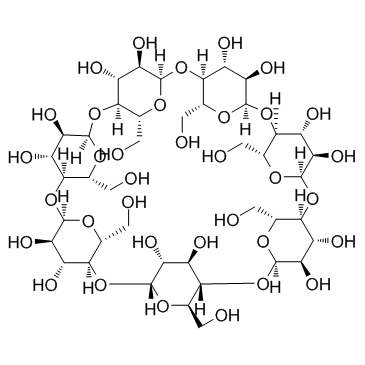
β-cyclodextrin structure
|
Common Name | β-cyclodextrin | ||
|---|---|---|---|---|
| CAS Number | 7585-39-9 | Molecular Weight | 1134.984 | |
| Density | 1.6±0.1 g/cm3 | Boiling Point | 1541.2±60.0 °C at 760 mmHg | |
| Molecular Formula | C42H70O35 | Melting Point | >260ºC (dec.)(lit.) | |
| MSDS | Chinese USA | Flash Point | 885.9±32.9 °C | |
Use of β-cyclodextrinβ-Cyclodextrin is a cyclic polysaccharide composed of seven units of glucose (α-D-glucopyranose) linked by α-(1,4) type bonds. β-Cyclodextrin has often been used to enhance the solubility of drugs. |
| Name | β-cyclodextrin |
|---|---|
| Synonym | More Synonyms |
| Description | β-Cyclodextrin is a cyclic polysaccharide composed of seven units of glucose (α-D-glucopyranose) linked by α-(1,4) type bonds. β-Cyclodextrin has often been used to enhance the solubility of drugs. |
|---|---|
| Related Catalog | |
| In Vitro | β-Cyclodextrin (Beta-cyclodextrin; β-CD) is a cyclic polysaccharide composed of seven units of glucose (α-D-glucopyranose) linked by α-(1,4) type bonds, which presents a hydrophilic external surface and a hydrophobic internal cavity[1]. In the pharmaceutical industry, β-Cyclodextrin (β-CD) has often been used to enhance the solubility of drugs, such as indomethacin, naringin, celecoxib, and citric acid[2]. |
| References |
| Density | 1.6±0.1 g/cm3 |
|---|---|
| Boiling Point | 1541.2±60.0 °C at 760 mmHg |
| Melting Point | >260ºC (dec.)(lit.) |
| Molecular Formula | C42H70O35 |
| Molecular Weight | 1134.984 |
| Flash Point | 885.9±32.9 °C |
| Exact Mass | 1134.369751 |
| PSA | 554.05000 |
| LogP | -6.57 |
| Vapour Pressure | 0.0±0.6 mmHg at 25°C |
| Index of Refraction | 1.591 |
| Storage condition | +15C to +30C |
| Water Solubility | 1 M NaOH: 50 mg/mL |
Synonym:Cycloheptaamylose; Alpha-3-Schardinger Dextrin; C Section 2 - COMPOSITION, INFORMATION ON INGREDIENTS
Risk Phrases: None Listed. Section 3 - HAZARDS IDENTIFICATION EMERGENCY OVERVIEW
The toxicological properties of this material have not been fully investigated. Potential Health Effects Eye: May cause eye irritation. Skin: May cause skin irritation. Ingestion: May cause irritation of the digestive tract. The toxicological properties of this substance have not been fully investigated. Inhalation: May cause respiratory tract irritation. The toxicological properties of this substance have not been fully investigated. Chronic: No information found. Section 4 - FIRST AID MEASURES Eyes: Flush eyes with plenty of water for at least 15 minutes, occasionally lifting the upper and lower eyelids. Get medical aid. Skin: Get medical aid. Flush skin with plenty of water for at least 15 minutes while removing contaminated clothing and shoes. Wash clothing before reuse. Ingestion: Never give anything by mouth to an unconscious person. Get medical aid. Do NOT induce vomiting. If conscious and alert, rinse mouth and drink 2-4 cupfuls of milk or water. Inhalation: Remove from exposure and move to fresh air immediately. If not breathing, give artificial respiration. If breathing is difficult, give oxygen. Get medical aid. Notes to Physician: Section 5 - FIRE FIGHTING MEASURES General Information: As in any fire, wear a self-contained breathing apparatus in pressure-demand, MSHA/NIOSH (approved or equivalent), and full protective gear. During a fire, irritating and highly toxic gases may be generated by thermal decomposition or combustion. Runoff from fire control or dilution water may cause pollution. Extinguishing Media: Use agent most appropriate to extinguish fire. Use water spray, dry chemical, carbon dioxide, or appropriate foam. Section 6 - ACCIDENTAL RELEASE MEASURES General Information: Use proper personal protective equipment as indicated in Section 8. Spills/Leaks: Vacuum or sweep up material and place into a suitable disposal container. Clean up spills immediately, observing precautions in the Protective Equipment section. Avoid generating dusty conditions. Provide ventilation. Section 7 - HANDLING and STORAGE Handling: Wash thoroughly after handling. Remove contaminated clothing and wash before reuse. Use with adequate ventilation. Minimize dust generation and accumulation. Avoid contact with eyes, skin, and clothing. Keep container tightly closed. Avoid ingestion and inhalation. Storage: Store in a tightly closed container. Store in a cool, dry, well-ventilated area away from incompatible substances. Section 8 - EXPOSURE CONTROLS, PERSONAL PROTECTION Engineering Controls: Facilities storing or utilizing this material should be equipped with an eyewash facility and a safety shower. Use adequate ventilation to keep airborne concentrations low. Exposure Limits CAS# 7585-39-9: Personal Protective Equipment Eyes: Wear appropriate protective eyeglasses or chemical safety goggles as described by OSHA's eye and face protection regulations in 29 CFR 1910.133 or European Standard EN166. Skin: Wear appropriate protective gloves to prevent skin exposure. Clothing: Wear appropriate protective clothing to minimize contact with skin. Respirators: Follow the OSHA respirator regulations found in 29 CFR 1910.134 or European Standard EN 149. Use a NIOSH/MSHA or European Standard EN 149 approved respirator if exposure limits are exceeded or if irritation or other symptoms are experienced. Section 9 - PHYSICAL AND CHEMICAL PROPERTIES Physical State: Crystalline powder Color: white Odor: none reported pH: Not available. Vapor Pressure: Not available. Viscosity: Not available. Boiling Point: Not available. Freezing/Melting Point: 310 deg C Autoignition Temperature: Not applicable. Flash Point: Not applicable. Explosion Limits, lower: Not available. Explosion Limits, upper: Not available. Decomposition Temperature: Solubility in water: Specific Gravity/Density: Molecular Formula: C42H70O35 Molecular Weight: 1135.00 Section 10 - STABILITY AND REACTIVITY Chemical Stability: Stable under normal temperatures and pressures. Conditions to Avoid: Incompatible materials, dust generation, excess heat, strong oxidants. Incompatibilities with Other Materials: Oxidizing agents. Hazardous Decomposition Products: Carbon monoxide, irritating and toxic fumes and gases, carbon dioxide. Hazardous Polymerization: Has not been reported. Section 11 - TOXICOLOGICAL INFORMATION RTECS#: CAS# 7585-39-9: GU2293000 LD50/LC50: CAS# 7585-39-9: Oral, mouse: LD50 = >12500 mg/kg; Oral, rat: LD50 = 18800 mg/kg. Carcinogenicity: Beta-Cyclodextrin hydrate - Not listed by ACGIH, IARC, or NTP. Other: See actual entry in RTECS for complete information. Section 12 - ECOLOGICAL INFORMATION Section 13 - DISPOSAL CONSIDERATIONS Dispose of in a manner consistent with federal, state, and local regulations. Section 14 - TRANSPORT INFORMATION IATA Not regulated as a hazardous material. IMO Not regulated as a hazardous material. RID/ADR Not regulated as a hazardous material. Section 15 - REGULATORY INFORMATION European/International Regulations European Labeling in Accordance with EC Directives Hazard Symbols: Not available. Risk Phrases: Safety Phrases: S 24/25 Avoid contact with skin and eyes. S 28A After contact with skin, wash immediately with plenty of water. S 37 Wear suitable gloves. S 45 In case of accident or if you feel unwell, seek medical advice immediately (show the label where possible). WGK (Water Danger/Protection) CAS# 7585-39-9: 0 Canada CAS# 7585-39-9 is listed on Canada's DSL List. CAS# 7585-39-9 is not listed on Canada's Ingredient Disclosure List. US FEDERAL TSCA CAS# 7585-39-9 is listed on the TSCA inventory. SECTION 16 - ADDITIONAL INFORMATION N/A |
CHEMICAL IDENTIFICATION
HEALTH HAZARD DATAACUTE TOXICITY DATA
|
| Precursor 8 | |
|---|---|
| DownStream 8 | |
| HS Code | 3505100000 |
|---|
|
β-cyclodextrin and curcumin, a potent cocktail for disaggregating and/or inhibiting amyloids: a case study with α-synuclein.
Biochemistry 53(25) , 4081-3, (2014) Aggregation of α-synuclein has been implicated in Parkinson's disease (PD). While many compounds are known to inhibit α-synuclein aggregation, dissolution of aggregates into their constituent monomers... |
|
|
CDDP supramolecular micelles fabricated from adamantine terminated mPEG and β-cyclodextrin based seven-armed poly (L-glutamic acid)/CDDP complexes.
Colloids Surf. B Biointerfaces 105 , 31-6, (2013) This research is aimed to develop a nano-sized supramolecular micelle delivery system of cis-dichlorodiammine platinum (II) (CDDP) in order to achieve the passive tumor targeting. Firstly, star-shaped... |
|
|
Characterization of the hydrochlorothiazide: β-cyclodextrin inclusion complex. Experimental and theoretical methods.
J. Phys. Chem. B 117(1) , 206-17, (2013) Hydrochlorothiazide (HCT) is one of the most commonly prescribed antihypertensive drugs. In an attempt to gain an insight into the physicochemical and molecular aspects controlling the complex archite... |
| FEMA 4028 |
| cycloheptaamylose |
| EINECS 231-493-2 |
| Cycloglucans |
| betadex |
| CARAWAY |
| Cycloheptaglucosan |
| Cvclodextrin |
| beta-Cyclodextrin hydrate |
| Klep |
| (1R,3S,5R,6S,8R,10R,11S,13R,15R,16S,18R,20R,21S,23R,25R,26S,28R,30R,31S,33S,35S,36S,37S,38R,39R,40R,41R,42R,43R,44R,45R,46R,47R,48R,49R)-5,10,15,20,25,30,35-Heptakis(hydroxymethyl)-2,4,7,9,12,14,17,19 ;,22,24,27,29,32,34-tetradecaoxaoctacyclo[31.2.2.2.2.2.2.2.2]nonatetracontane-36,37,38,39,40,41,42,43,44,45,46,47,48,49-tetradecol |
| beta-cycloamylose |
| BW 7 |
| CavaMax W 7 |
| beta-cyclodextrin |
| cyclomaltoheptaose |
| Celdex N |
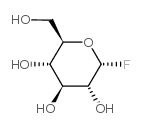 CAS#:2106-10-7
CAS#:2106-10-7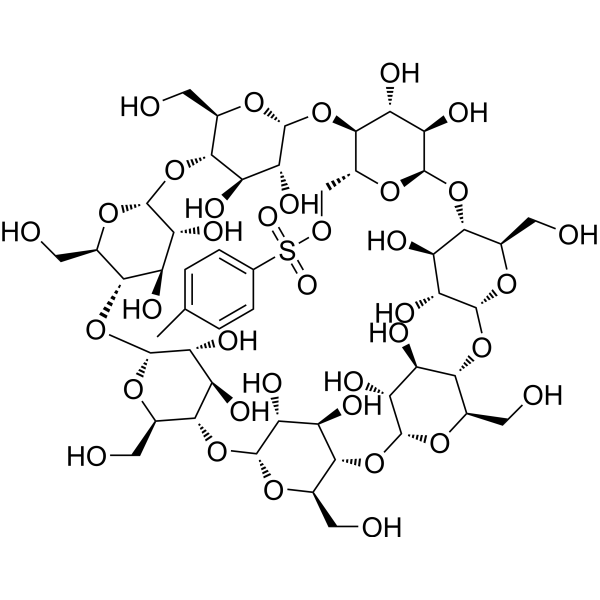 CAS#:67217-55-4
CAS#:67217-55-4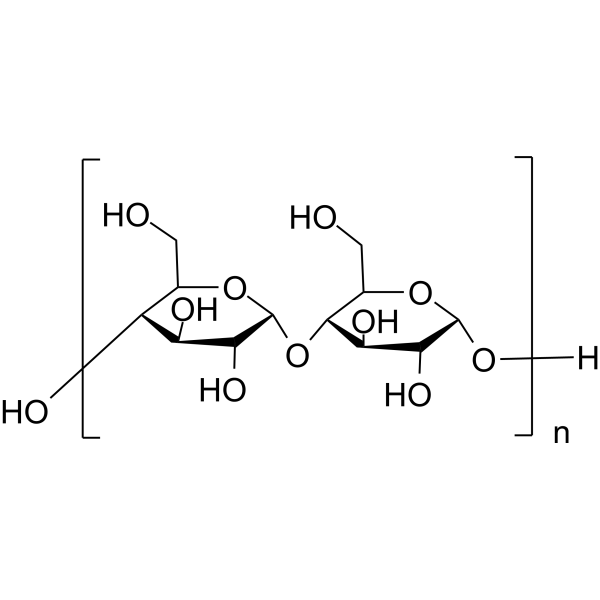 CAS#:9005-25-8
CAS#:9005-25-8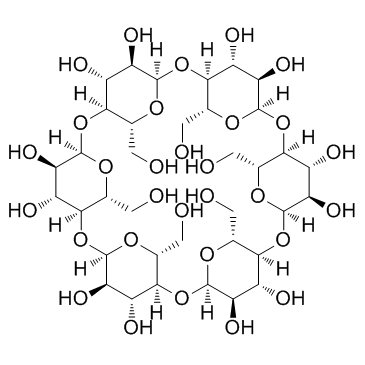 CAS#:10016-20-3
CAS#:10016-20-3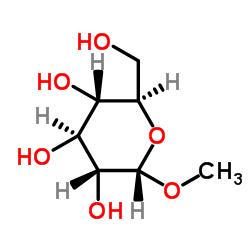 CAS#:97-30-3
CAS#:97-30-3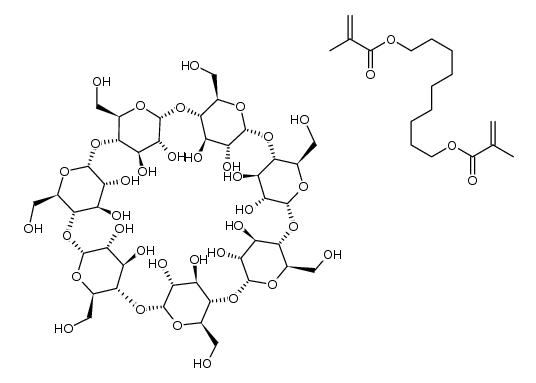 CAS#:1204351-86-9
CAS#:1204351-86-9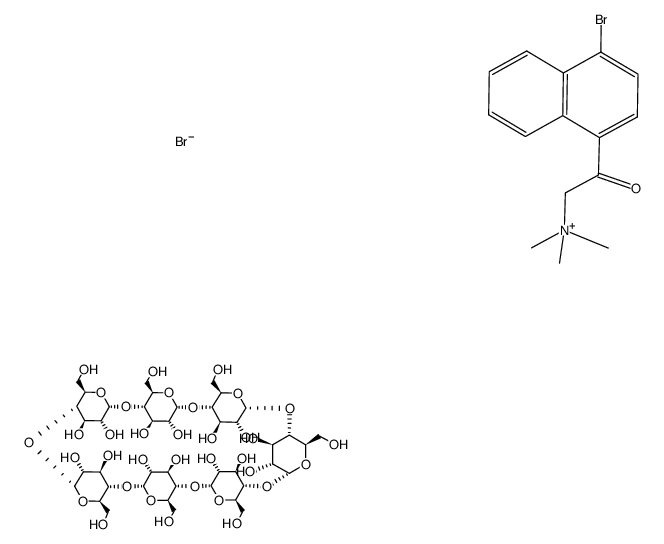 CAS#:80800-15-3
CAS#:80800-15-3 CAS#:80800-16-4
CAS#:80800-16-4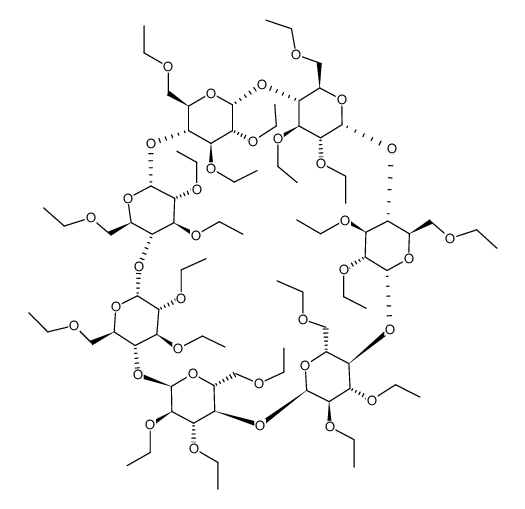 CAS#:111689-01-1
CAS#:111689-01-1 CAS#:55216-11-0
CAS#:55216-11-0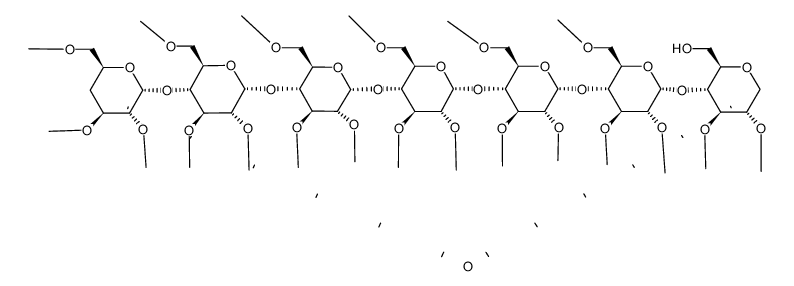 CAS#:94789-61-4
CAS#:94789-61-4 CAS#:495-78-3
CAS#:495-78-3 CAS#:1481-92-1
CAS#:1481-92-1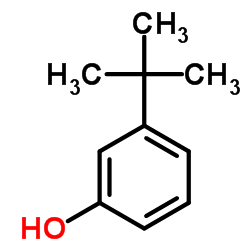 CAS#:585-34-2
CAS#:585-34-2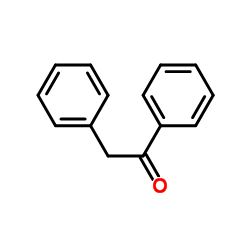 CAS#:451-40-1
CAS#:451-40-1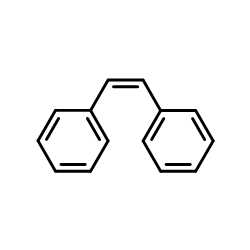 CAS#:645-49-8
CAS#:645-49-8
